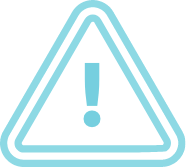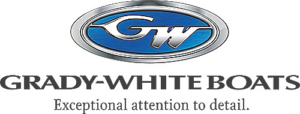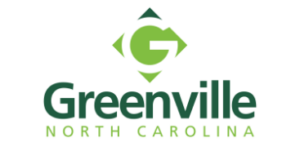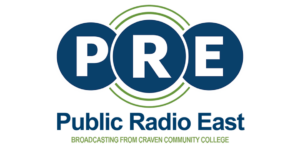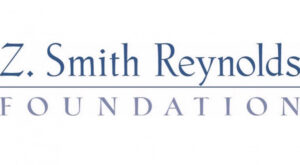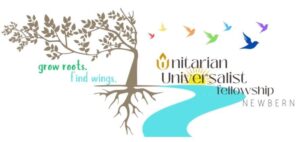How We Make a Difference
Our mission is to monitor and protect the Neuse and Tar-Pamlico River watersheds covering nearly one quarter of North Carolina, and to preserve the health and beauty of the river basin through environmental justice.
» Join the Fight
Watershed Issues
We know the issues facing our waterways, both past and present, disproportionately affect low-income and black, brown and indigenous communities. We believe no group of people should bear a disproportionate share of negative environmental consequences, nor should they have less access to beneficial environmental goods. When we fight for the health of your rivers, we are fighting for the health of every community that relies on them.

STORMWATER RUNOFF
When rain falls in a natural setting, almost all stormwater infiltrates the soils and groundwater or is taken up by vegetation. But when land is developed, the impervious cover (roads, rooftops, driveways, parking lots) increases the volume of stormwater not absorbed by land and accelerates the transport of stormwater across the surface of the land. As impervious cover increases, so does the volume and velocity of contaminated surface runoff into waterways big and small.
Polluted stormwater runoff, including sediment from poorly maintained construction sites, is one of the main causes of pollution in the Neuse and Tar-Pamlico rivers. Sediment, toxic pollutants and pathogens in stormwater have negative impacts on waterways and aquatic life and our enjoyment of both. Climate change, and an increase in extreme rain events, adds to the stormwater issue with an increased risk of flooding.
Find out more about stormwater and measures to decrease stormwater impacts.
CAFOs
Much of the land in our watersheds is agricultural and home to industrial hog and poultry facilities called CAFOs — concentrated animal feeding operations. Many of these facilities are located on tributaries of the Neuse and Tar-Pamlico rivers, sometimes, on the rivers themselves.
This poses a problem when waste from the largely unregulated poultry facilities is stored outside, uncovered and runs off into waterways during a rain. It’s also problematic when hog waste — held in large lagoons, then sprayed on fields — does them same, dumping nutrients into streams, creeks and, ultimately, rivers. These massive nutrient loads promote algal blooms which, in turn, can lead to fish kills.
Sound Rivers advocates for increased transparency in the poultry industry (currently, little to no permitting is required by the state), as well as finding better methods to dispose of hog waste — better ways that prevent animal waste from polluting the waters we fish in, swim in and drink from.
Find out more about CAFOs.
MICROPLASTICS
Plastics end up in our waterways all the time, whether it’s through roadside litter washed into a creek during a hard rain or people using our precious natural resources as convenient dumping grounds. Plastics do break down, and when they do, it’s into microscopic pieces called microplastics. Since they’re so tiny, microplastics can be ingested by and build up in aquatic life, which means we can end up ingesting plastic, too.
Sound Rivers is engaged in a statewide research project to determine how plastics end up in our waterways, how they break down and what we can do to prevent microplastics pollution.
Learn more about our microplastics research.
Sanitary Sewer Overflows (SSOs)
SANITARY SEWER OVERFLOWS
Sanitary sewer systems collect and transport domestic, commercial and industrial wastewater, as well as limited amounts of stormwater and infiltrated ground water to treatment facilities for appropriate treatment.
Occasionally, sanitary sewers will spill raw sewage. These types of spills are called sanitary sewer overflows. SSOs can contaminate our waterways, causing serious water-quality problems and back up into homes, causing property damage and threatening public health.
In the Neuse and Tar-Pamlico watersheds, the main cause of SSOs is predominantly stormwater and/or groundwater overloading a system during tropical weather events, or even a hard rain. Aging sewer infrastructure and new development creating an additional burden on already insufficient infrastructure are two culprits behind our SSOs.
Learn more about SSOs here.
CLIMATE CHANGE
Take any one of the issues above, and it is magnified when climate change is factored in. With climate change come a rise in sea level, more extreme rain events and the threat of more — and stronger —hurricanes.
Those living in the Neuse and Tar-Pamlico watersheds are very familiar with the power of extreme rain and hurricane flooding. The more we have of both, the more stormwater issues arise; the more industrial animal waste flows into our creeks; the more plastics wash into our streams; the more sewer infrastructure is overwhelmed, spilling raw sewage into our rivers.
Learn more about how climate change and sea-level rise impact the health of rivers and the people who rely on them.
Swim Guide
Sound Rivers uses the North Carolina, and EPA water quality criteria for contact recreation. Sites are marked green when the last sample was at healthy levels of bacteria. Sites are marked red when the last sample was above the criteria, or unhealthy levels of bacteria. Sites are marked grey when there are no current results or there is no available information.
E. coli is a type of bacteria found in the intestines of people and other animals, and is a good indicator of recent fecal contamination. While most types of these bacteria are harmless, some types can make us sick or cause more severe gastrointestinal issues in more sensitive groups.
The North Carolina Department of Environmental Quality’s Division of Marine Fisheries Recreational Water Quality Program does additional testing in the region. Those results are also incorporated into the sites listed on the Swim Guide website and smartphone app.
swim guide here
Want to get weekly water quality alerts straight to your phone? Text “SWIM” to 833-686-5322!
Thanks so much to our 2025 Swim Guide Sponsors

Sign up for eNews!
Please enter your email address to receive our event reminders and eNews.
Latest News

Specialist completes grant project that tracks pollution impacts on urban waterway
December 10th 2025

Summer intern needed — apply here!
December 8th 2025

Kingsboro data center concerns spark big turnout
December 4th 2025

Specialist tracking down sites for yearlong Slocum sampling
December 4th 2025

Tell EPA to ditch the 'Polluted Water Rule'
December 4th 2025

Riverkeeper delivers results at community grant program event
December 4th 2025

Riverkeeper graduations EJ Leadership academy
December 4th 2025

Sound Rivers' online store!
November 26th 2025
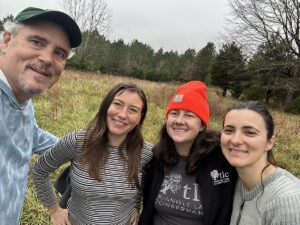
Riverkeeper tours Lick Creek conservation property
November 26th 2025
Report a Problem
Depending on where you’re located, you may call us at the office phone numbers located at the bottom of this webpage, or use the form to report your incident by clicking on the below button. All entries will be cataloged in the Sound Rivers database. Please share as much accurate and detailed information as possible.
